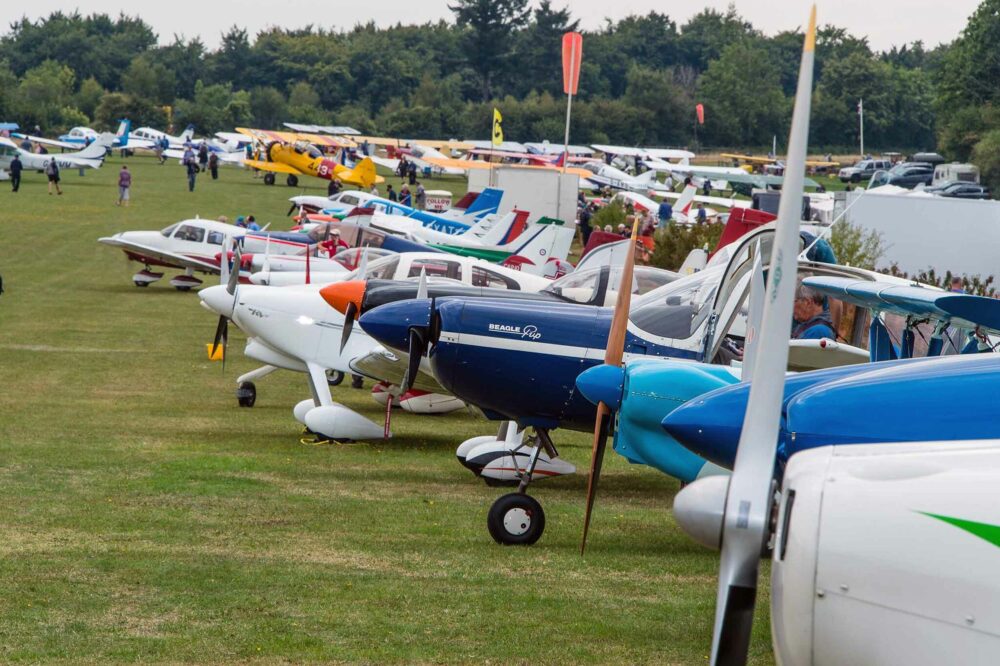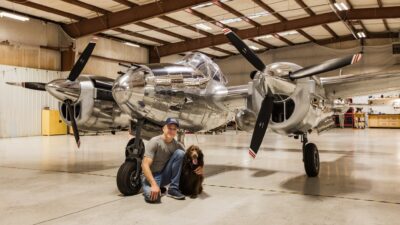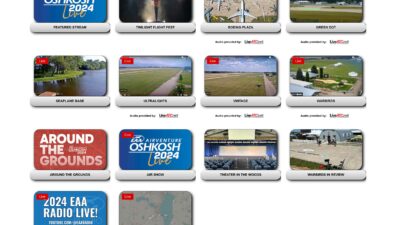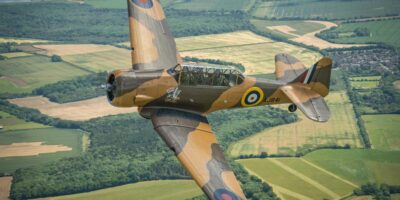Five types of flying are covered by the CAA’s consultation on pilot licensing: aeroplanes (including microlights), helicopters, gyroplanes, balloons and sailplanes (ie gliders). Each has their own consultation process and the full list can be found here.
In the case of aeroplanes, two documents have been issued to explain the proposals. CAP2974a is the full document with details of each proposal. This is the document all aeroplane pilots, student pilots and flight instructors should read.
There’s also CAP 2974c which is an Executive Summary of the proposals. It’s a useful place to start and see the extent of what’s being proposed. It will also help you focus on areas that have the most interest for individual pilots. However, we advise that the full details should also be considered before commenting.
The CAA’s specific proposals:
The PPL(A) (chapter 2)
- Discontinue issuing the UK PPL under the Air Navigation Order (ANO) as a standalone licence. Where required, we would issue a combined Part-FCL and UK PPL licence document, allowing non-Part 21 [that’s Permit aircraft – Ed] type ratings to be added alongside Part-FCL [that’s certified aircraft] class and type ratings.
- Reduce the qualifying experience required for the issue of a PPL from 45 hours flight instruction to 40 hours flight time*, in line with ICAO Annex 1: Personnel Licensing. It is not proposed to remove any content from the existing practical syllabus. *Possibly down to 35 hours for students training at an ATO.
- Maintain the content and number of questions for the theoretical knowledge exams, but consider combining topics, to reduce the number of individual papers.
Class ratings (chapter 3)
- Revise the class rating structure to allow for emerging electric and hybrid propulsion systems.
- Possible wider simplification of the class rating system and allow more use of differences training when qualifying on different aircraft.
Sub-ICAO licences (chapter 4)
- Consolidate the current NPPL(A) and LAPL(A), reducing the number of licences that provide similar privileges.
- More proportionate training and knowledge requirements when moving between aircraft variants and classes.
- An improved pathway from the sub-ICAO licence to the Part-FCL PPL(A).
Maintenance of privileges (chapter 5)
- Remove the requirement for flight experience when revalidating the single- engine piston (SEP) and touring motor glider (TMG) ratings.
- Possible alignment of the recency requirements between the sub-ICAO licence and the PPL(A), to create a single revalidation for SEP, TMG and microlight aircraft.
Theoretical knowledge: common elements (chapter 6)
- Improvements to exam procedures and validity periods.
Instrument ratings review (chapter 7)
- Allow sub-ICAO licence holders to obtain an IMC rating.
- Reforms to the theoretical knowledge requirements for the Competency- Based Modular training course for the Instrument Rating.
- Allow the Competency-Based Modular training course for the Instrument Rating to be undertaken at a Declared Training Organisation (DTO).
- Require the IMC/IR(R) rating to be conducted at a DTO or Approved Training Organisation (ATO).
Other issues (chapter 8)
- Consideration of the theoretical knowledge requirements for Flight Instructors.
- Aerobatic rating – potentially align the requirement for a rating between the ANO and Part-FCL.
- Tow Rating – potentially align the requirement for a rating between the ANO and Part-FCL.
- Review the circumstances under which non-Part 21 aircraft may be used for training.
- Proposed acceptable means of compliance (AMC) for training in partial power failures.
Click here to comment












